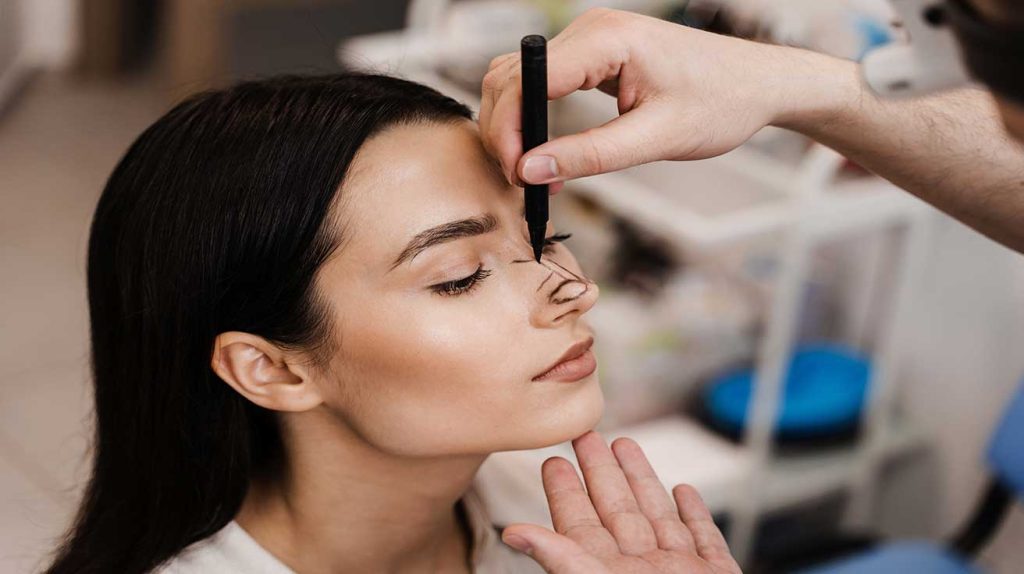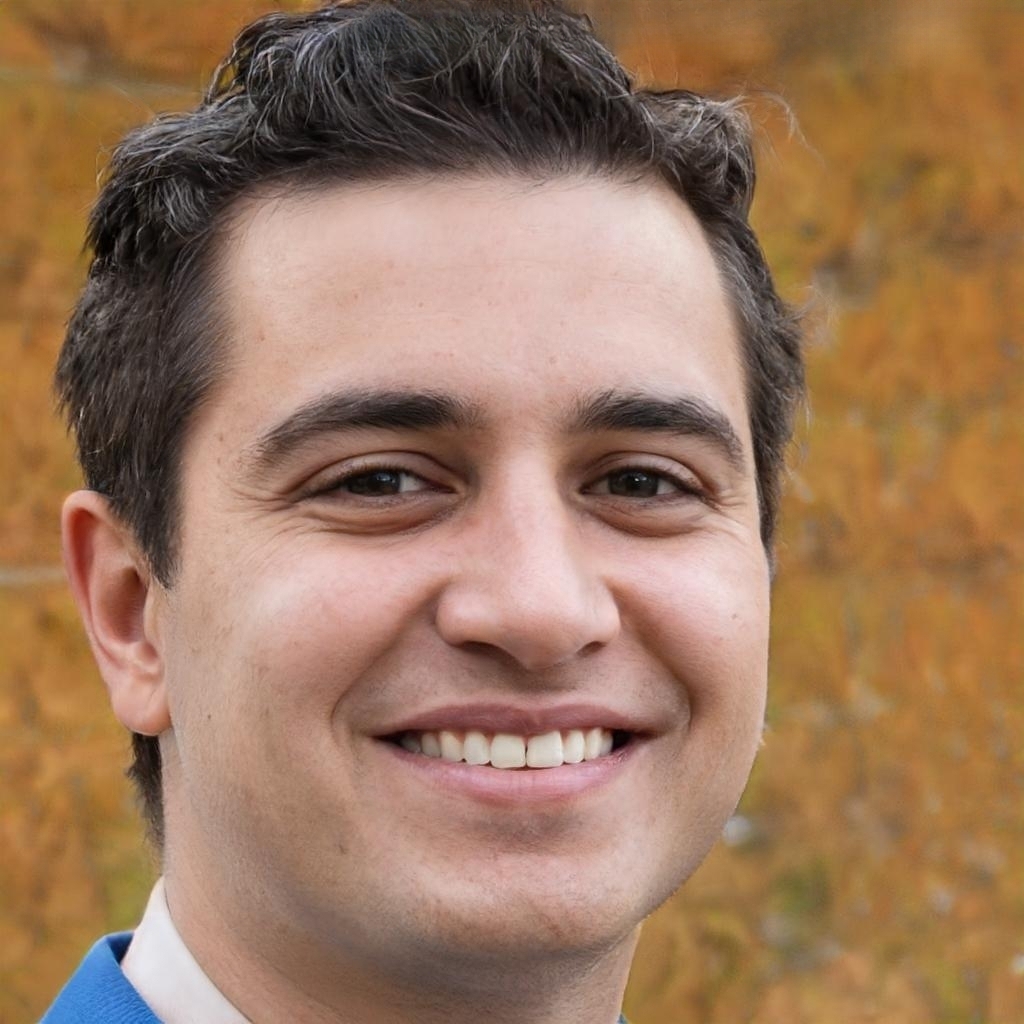
Rhinoplasty : differences between Aesthetic and Reconstructive
Rhinoplasty is a surgical procedure dedicated to the nose that serves multiple purposes, both aesthetic and functional, such as addressing breathing difficulties. These two types of procedures cater to different patients.
What is aesthetic rhinoplasty ?
Aesthetic rhinoplasty aims to modify the shape and appearance of your nose to enhance overall facial harmony. For example, you may feel self-conscious about an asymmetry, a hump, or a tip that you find too thick.
The goal of cosmetic nose surgery is to achieve a natural result that remains in harmony with your features. The surgeon enhances your appearance by working on precisely defined areas to refine the structure of your nose or correct a nasal deviation, always ensuring that your identity is respected.
Who is aesthetic rhinoplasty for ?
Nose reshaping surgery is for individuals who are dissatisfied with the shape of their nose, which may cause self-consciousness and, more broadly, a loss of self-confidence. However, it is important to have realistic expectations: nose surgery does not seek perfection but rather a significant improvement that aligns with your natural anatomy.
Before making a decision, an in-depth consultation with your cosmetic surgeon is crucial. They will assess your motivations and expectations to ensure they are achievable. This step guarantees a natural result that respects your uniqueness.
What is reconstructive rhinoplasty ?
Reconstructive rhinoplasty is performed to correct nasal defects affecting either appearance or function. It addresses congenital malformations or trauma-related injuries, such as a broken and deformed nose, cleft lip and palate, or damage caused by medical conditions like nasal cancer.
This type of nose reconstruction surgery is also used to treat breathing disorders caused by a deviated septum, a broken or deformed nasal cartilage, or enlarged turbinates.
The goal of nasal reconstructive surgery is to restore nasal function while also improving its appearance.
Specific techniques used in reconstructive rhinoplasty
Reconstructive nose surgery employs advanced techniques tailored to each patient’s needs. A common approach is the use of a cartilage graft, where cartilage—often taken from the patient’s own body (ear or rib)—is used to rebuild a stable and functional nasal structure. This method ensures better compatibility and reduces the risk of rejection.
In some cases, biocompatible implants may be used to complete the reconstruction.
Different approaches, a shared goal
The motivations for aesthetic rhinoplasty and reconstructive rhinoplasty vary significantly. If your goal is to correct an appearance-related concern, cosmetic nose surgery focuses on harmony and subjective improvement. In contrast, reconstructive nasal surgery addresses functional or medical issues, such as nasal obstruction or trauma-related complications.
However, despite these differences, both procedures share the same objective: to improve your quality of life by addressing your specific needs.
Aesthetic rhinoplasty vs. reconstructive rhinoplasty: two distinct procedures
The procedures differ in their approach. Cosmetic nose surgery focuses on subtle refinements, such as reducing a hump or reshaping the tip. These interventions are minimally invasive, aiming to enhance facial symmetry and overall balance.
On the other hand, reconstructive rhinoplasty is often more complex. It may involve major nasal reconstruction requiring cartilage grafts or nasal implants to restore essential functions like breathing.
While the success of an aesthetic procedure is primarily judged by appearance, the success of reconstructive nose surgery is measured by functional improvement and breathing comfort, while still striving for an aesthetically pleasing result.
Before opting for rhinoplasty, whether aesthetic or reconstructive, consulting a specialized surgeon is essential. Every patient is unique, and an open discussion is crucial to setting realistic expectations.

Dr. Levent Acar - Docteur